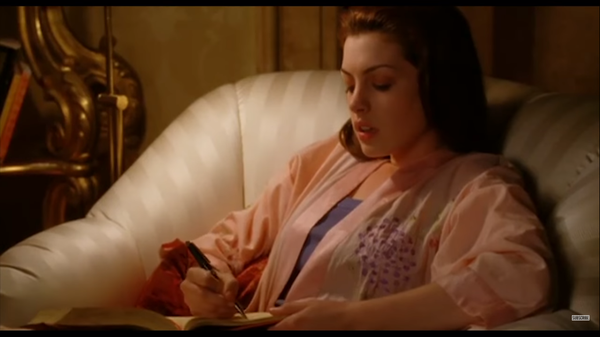One of America’s premier cultural institutions, The Metropolitan Museum of Art recently announced a controversial change to its admission policy. Since 1970, the Met has had a pay-as-you-wish rule for visitors, with a suggested, but not mandatory, price of $25. But now, out-of-state visitors must pay $25 for admissions while those with proof of residency in the state of New York can continue to take advantage of the pay-as-you-wish policy. The change, which will go into effect March 1st 2018, raises issues about the museum’s accessibility, its status as the de facto national art museum, and the state of the arts and culture in our society.
This decision came after much deliberating and at a time of great financial crisis for the institution. Despite a rise in the number of annual patrons, very few (only around 17%) pay the full suggested price of $25, which has caused a decline in the revenue raised from admission costs over the years since the policy was first implemented. This extra revenue is desperately needed by the museum that suffers from a nearly $40 million deficient, according to a scathing Times article, “Is the Met Museum ‘a Great Institution in Decline’?”, that caused director Thomas Campbell to resign over allegations of mismanagement.
The announcement was met with ire and criticism from many of New York’s top art critics, as well as patrons and donors, for a variety of reasons.
The Met holds non-profit status, and as its building is owned by the City of New York, receives funding from taxpayer money. New York Times art critic, Holland Cotter, likened the admission change to charging library patrons for reading publicly-funded books. Many others echoed her criticism, agreeing that major public institutions such as the Met should be equally accessible to those of all financial statuses.
Other critics complained that the change was only made necessary by the museum’s frivolous spending, citing the $65 million renovation completed two years ago that included several beautiful but unnecessary features. The money spent on the fountains alone could match the income the museum expects to earn from this admission change for several years, and many argue there must have been many other solutions to the budget crisis.
Additionally, the policy’s favor of New York residents may actually hurt revenue earned from donors, by far the most important source of the museum’s income. As the largest and most prominent art museum in America, both in size and number of visitors per year, many donors and patrons consider the Met to be the national art museum. But the press release announcing the decision made it clear the Met intends to be a New York institution as it repeatedly stressed that the policy would not affect New York residents. Donors seeking to support equal and open access to the arts may put their money elsewhere as the tiered admission prices force them to strongly reconsider the Met’s significance as an American cultural institution. Institutions such as the National Gallery of Art in D.C. now have a much stronger case when competing with the Met for donations.
But the most troubling aspect of the change is the museum’s accessibility. The pay-as-you-wish policy made the Met a nationally and even globally accessible museum, a place where everyone, regardless of status or origin, could go to experience the rich culture for which New York City is so famous. Residents of nearby states such as New Jersey and Connecticut are particularly annoyed, and the change has once again brought up the issue of the large number of New York residences living without a valid photo ID, especially since most of those without the proper identification to prove their New York residence come from minority or low-income backgrounds. Though the museum has announced it will create a special program for New Yorkers without IDs, many undocumented residents are fearful of admitting their immigrant status given recent political developments. These are the people the former policy was designed to help. As Times critic Roberta Smith put it, “the Met’s plan is classist, and nativist. It divides people into categories- rich and poor, native and foreign- which is exactly what this nation does not need right now.”
In the past several decades, the importance placed on the arts and culture has greatly diminished, as has financial support for the arts. But rather than this causing museums to up their prices in an attempt to maintain their budgets, this should encourage them to make cultural institutions as open and accessible as possible. The world needs institutions such as the Metropolitan to continue cultivating the talent and creativity that art fosters.
The Met defended their decision by pointing out they are the only major art museum with a pay-as-you-wish policy and cited other institutions, such as the Los Angeles County Museum of Art, the Museum of Modern Art, and the Guttenheim, as justification. But just because most other well-known museums charge mandatory admission, does that make it right for the Met to follow suit? Or should other museums follow the precedent formerly set by the Met that truly made it a museum of the public?
The attendance trends, donations, and public perception of the Met will be interesting to watch over the next year as the Met fundamentally changes its mission and status as a public museum. Once a source of tremendous pride for the nation, the Met has become yet another institution in New York fighting for tourist dollars.



















